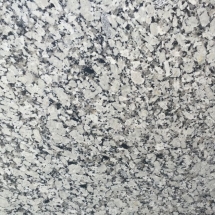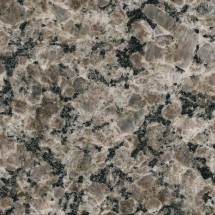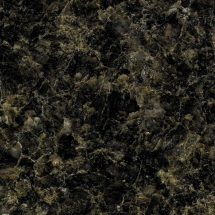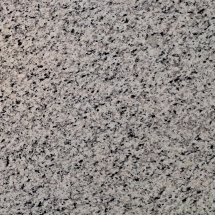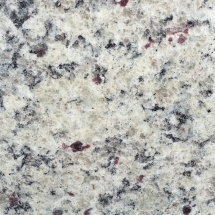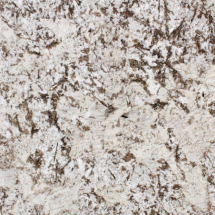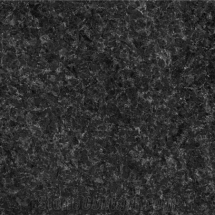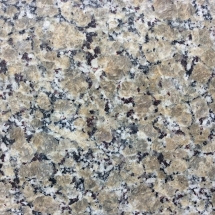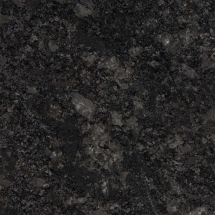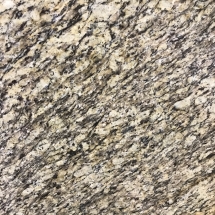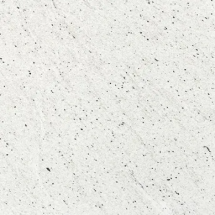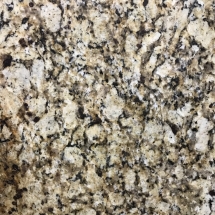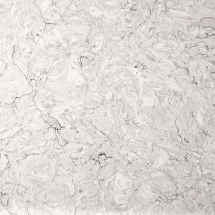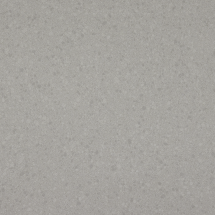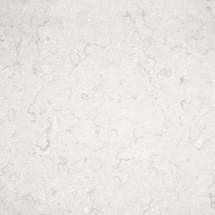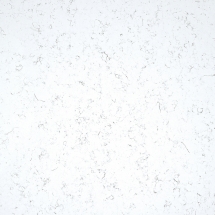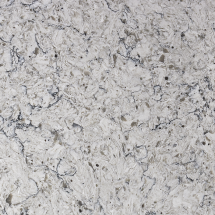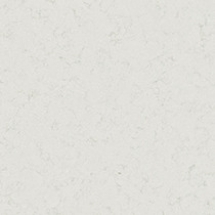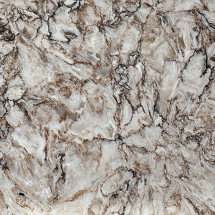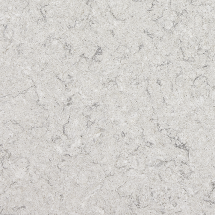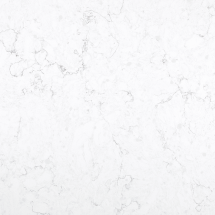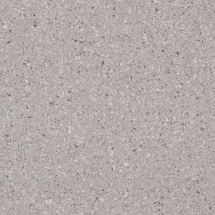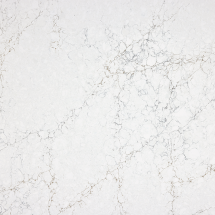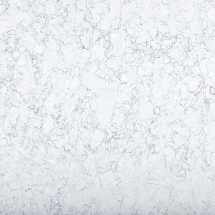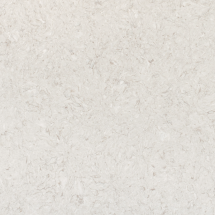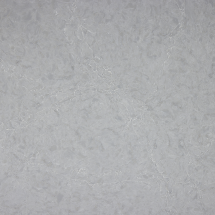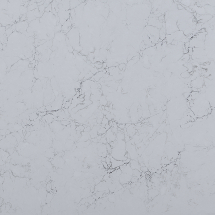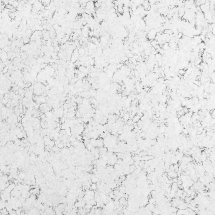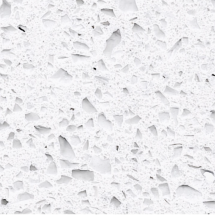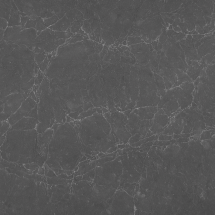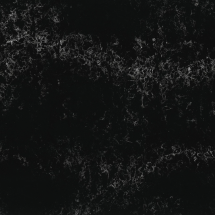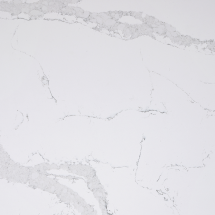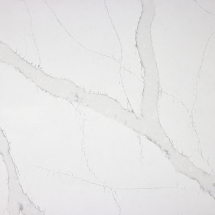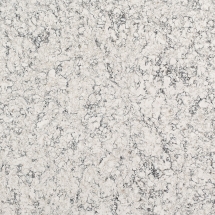Edge Options:

Granite:
Granite remains our most popular surface choice because of its durability and overall pleasing beauty. Our premium surface granite selection offers over 250 color patterns. We have the perfect granite countertop for your project whether your granite countertop needs are for your kitchen, bathroom, or other surface. All granite countertop slabs are in-stock and ready for prompt delivery.
Why Choose Granite?
- Unique, beautiful and can only be found in nature.
- Strong, durable and resistant to scratching.
- Heat resistant.
- Affordable with a wide range of color groups at many price levels.
Group 1
Group 2
Quartz:
Quartz is a man made slab, consisting of 93% natural quartz mixed with a binding resin. Thus it has greater consistency in color. It is stain resistant due to its non porous nature. It is also sanitary by the same nature. Quartz is one of the hardest minerals known to man. Thus it is very durable andresistant to acids and chemicals. Quartz is very scratch resistant. Quartz impact resistance exceeds other similar products such as granite and solid surface. It is virtually maintenance free.
Why Choose Quartz?
- Totally maintenance free – non-porous and resistant to staining, no sealing, polishing or reconditioning needed.
- Twice as strong as granite.
- Resistant to heat and scratching.
- Greenguard and National Sanitation Foundation (NSF) certified
- Competitively priced, all colors and all edges included in standard pricing
Group 1
Group 2
Group 3
Marble:
Marble, formed from limestone with heat and pressure over years in the earth’s crust. These pressure or forces cause the limestone to change in texture and makeup. The process is called recrystallization. Fossilized materials in the limestone, along with its original carbonate minerals, recrystallize and form large, coarse grains of calcite.
Impurities present in the limestone during the recrystallization period affect the mineral composition of the marble which is formed. At relatively low temperatures, silica impurities in the carbonate minerals form masses of chert or crystals of quartz. At higher temperatures, the silica reacts with the carbonates to produce diopside and forsterite. At a very high temperature, rarer calcium minerals, such as larnite, monticellite, and rankinite, forms in the marble. If water is present, serpentine, talc, and certain other hydrous minerals may be produced. The presence of iron, alumina, and silica may result in the formation of hematite and magnetite.
The minerals that result from impurities give marble a wide variety of colors. The purest calcite marble is white in color. Marble containing hematite are reddish in color. Marble that has limonite is yellow, and marble with serpentine is green in color.
Uses of Marble
Marble has always been highly valued for its beauty, strength, and resistance to fire and erosion. The ancient Iranian & Greeks were good users of marble in their buildings and statues. The Italian artist Michelangelo used marble from Carrara, Italy, in a number of sculptures. Marble from Tennessee was used in parts of the National Gallery of Art in Washington, D.C. The Lincoln Memorial, also in Washington, was built of marble from Alabama, Colorado, and Georgia.
Very pure calcite marble is used for most statues. They are translucent. Large blocks of colored marble are used for columns, floors, and other parts of buildings. Smaller pieces of marble are crushed or finely ground and used as abrasives in soaps and other such products. Crushed or ground marble is also used in paving roads and in manufacturing roofing materials and soil treatment products.
*Colors shown are for representation only! Actual colors may vary from colors shown. For best representation of color, please view an actual Stonehaus color sample.

